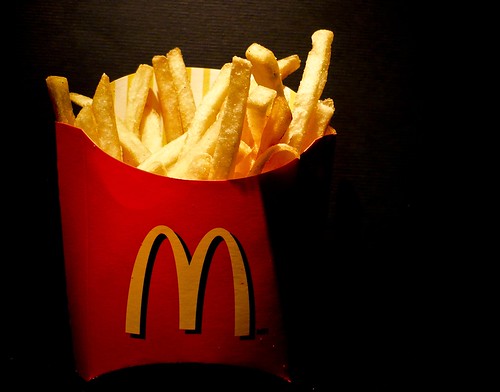Snacks can be the bane of a diet plan or the savior depending on how you utilize them. On one hand, eating bad snacks while you are trying to lose weight can crush your goal. But skipping snacks altogether can be just as bad because that can lead to overeating during meal time. So what is the solution?
The answer is to eat a better class of snacks.
The Healthy Options
There are some really great tasting snacks out there. No, this list doesn't include a Snickers bar or ice cream cones (boy we wish) but instead has a few things that are really full of it. By it we mean anything but too many calories. Air, thicker liquids, spices, or any other thing we can use to trick our stomachs into thinking we have consumed more food the better! Foods filled with air make it seem like we eat more. Thicker liquids fill us up more than just drinking fluids. Spicy foods can actually curb the appetite while filing you up as the heat and flavor lasts longer.
This list contains foods like that but you still need to control portions. Make sure to set out a serving size ahead of time and then eat only that. Use visual tricks like stuffing thinks into an extra small container or bag so they are literally bursting out. Every little bit helps!
- Wasabi Peas (from Trader Joes) - spicy option with 120 calories per 1/4 cup
- Jell-O Sugar-Free Pudding Cups - 60 to 90 calories per 3.75 oz
- Del Monte SuperFruit Cup - 140 calories per cup
- Dannon Light and Fit Plus - 100 calories per 8 oz
- Good Health Popcorn - 105 calories for 3.5 cups
- Bell Pepper Sliced with Chunky Salsa - 90 calories
- Cheetos Natural White Cheddar Puffs - 150 calories per ounce
- Newman's Hi-Protein Pretzels - 120 calories for 22 pretzels
- Quaker Caramel Corn Quakes Rice Snacks - 120 calories for 14 cakes
- Mott's Plus Applesauce - 100 calories per 8 ounces
- Sun-Maid Mixed Fruit Bags - 100 calories per 1/4 cup
- Jalapenos stuffed with Low Fat Cream Cheese - 75-90 calories each
- Power Crunch Bars - 210 Calires w/ 13 grams of protein
These are just some great examples of stuff that has a lot of good taste and some flavor along with the ability to fill you up. Plus most of this stuff is pre-packed and available at the store. A few of the things take a minute or two of prep time but not so much that it is a burden.
One of the things about dieting is to not starve yourself. Having a great snack between meals is perfectly fine and will help keep your metabolism cruising along at a better pace than skipping snacks and eating more for meals. Plus who doesn't like a tasty and healthy snack?
For more health diet information for bodybuilders you can follow Nutribomb Supplements at our Facebook Fan Page or at our Google Plus Page.

















